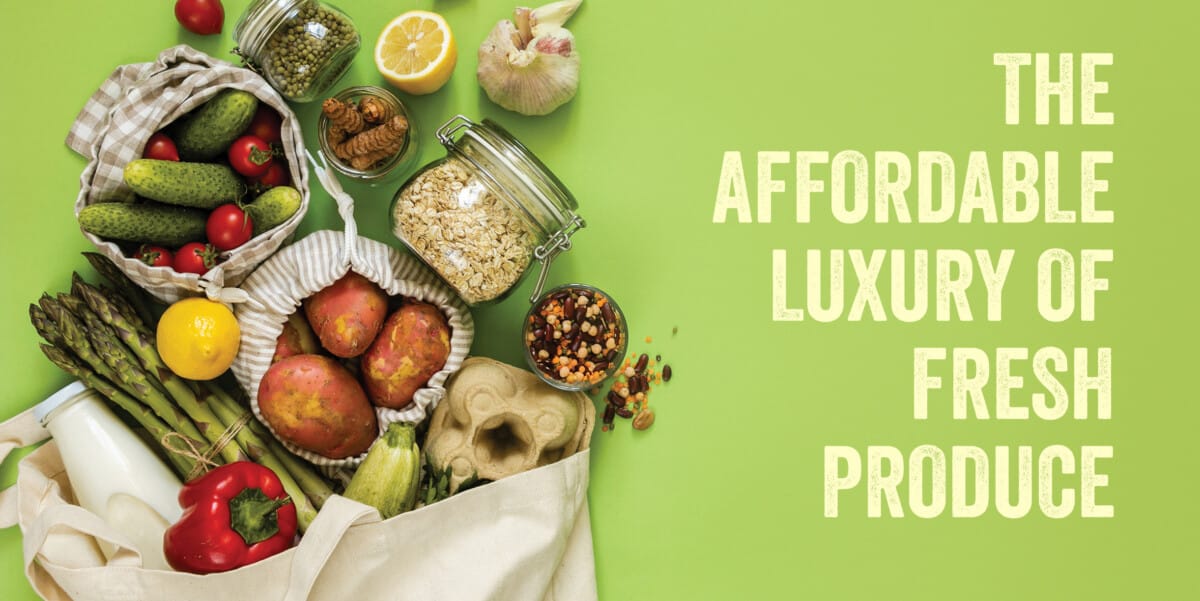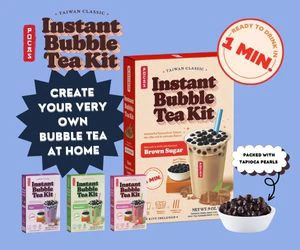With each passing produce industry conference in 2022, the term “pandemic” was used less and less to describe the current state of play. The content being presented no longer compares metrics to “pre-pandemic” measures. Instead, common topics have shifted to inflation, supply chain challenges, and changing consumer behaviors.
Whether subconscious or not, consumer behavior changes across the board when food costs rise due to inflation or other economic factors. Consumers are seeking to stretch their dollar as food costs for household staples have increased. As reported by USDA’s Economic Research Service, the food-at-home (grocery store or supermarket food purchases) consumer price index (CPI) increased by 0.7 percent from July 2022 to August 2022 and was 13.5 percent higher than in August 2021.
Private label products continue to see record sales growth across the store, and fresh grocery retailers are developing new and innovative products under their store labels, enticing consumers to choose private labels encouraged by attractive membership benefits and undeniable cost savings. Given the increase in the cost of food, produce products, considered luxury items for some consumers, need to be creative in how they attract and retain shoppers when flavor alone won’t cut it, and private label products are taking a growing space in the basket from branded products.
In the spring of 2022, as consumers were beginning to feel the household pressures of inflation, Starbucks reported another quarter of revenue growth to its shareholders. Independent researcher Credit Suisse dubbed Starbucks coffee an “affordable luxury” at that time in comparison to QSR competitors and specialty purveyors.
The concept of an affordable luxury then can also apply to produce and may be the answer to competing for consumer choice. Consumers are well versed in the benefits of a diet full of fruits and vegetables, but the decision at the point of purchase to choose fresh is coming down to the dollar.
As we reflect on the economic factors surrounding consumer behaviors this year, the opportunity to sell the luxury of leveling up your fruit and vegetable purchase will be a trend going into 2023. Marketing in the luxury brand category, the likes of Louis Vuitton, Hermes, and Channel, could not be in further contracts from marketing fresh produce items. Luxury brand marketing relies on perceived value which drives higher prices as well as demand – a win-win for the brand. Produce relies on quality, consistency, and affordability. So, where can the two intersect?
Leveling up a produce purchase is similar to a status upgrade. An example of this is Driscoll’s berries, the household name and leader in the category without compromising on price. They’re competitive in the case, requested by name, and innovative, bringing new and elevated seasonal berry products to market like their Sweetest BatchTM line of berries. Driscoll’s has tapped into the affordable luxury of fresh produce with success. What once the claim “artesian” indicated, brands can leverage the promise to upgrade consumers’ lives through healthful indulgence.
Value, a term when applied to food – thanks to QSR Value Menus – to consumers, means “most for least amount” and is defined by Webster’s Dictionary as “the importance, worth, or usefulness of something.” The value of produce to the consumer is becoming more clear as brands are more vocal about the benefits of each fruit and vegetable item and the value they deliver to one’s health. The scale is primed to tip in favor of fresh produce as a beneficial indulgence that will enhance consumers’ lifestyles.
2023 will be the year of affordable luxury, a category custom-built for the level of value and health delivered only by fresh produce. Consumers can enjoy their daily Starbucks and their crudité without blowing the household food budget.


